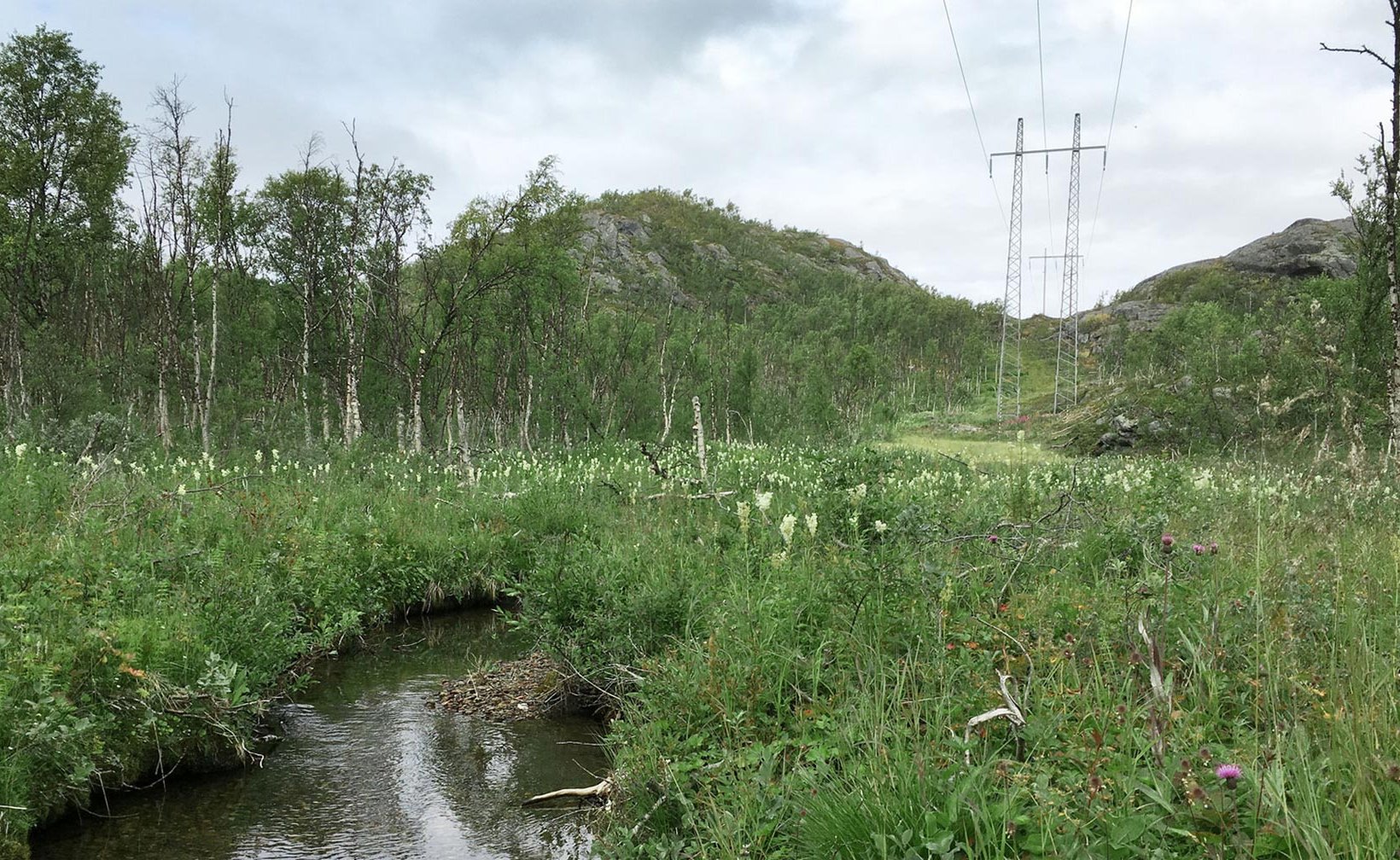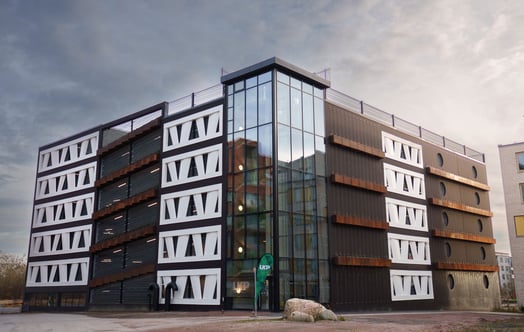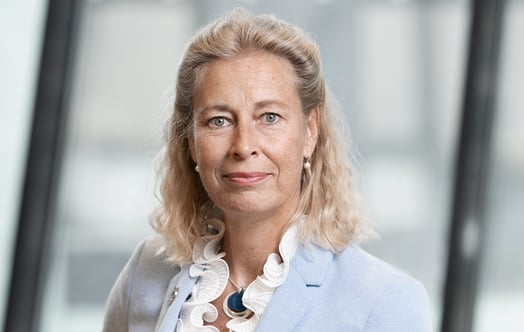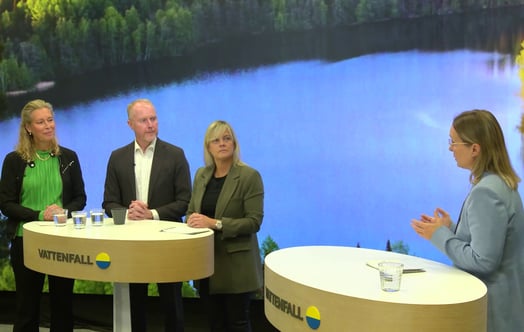
Vattenfall maps its impact on biodiversity in the full value chain
Vattenfall is a pioneer in measuring the overall impact on biodiversity. Now a comprehensive analysis has been carried out of how the company’s economic activities impact biodiversity throughout the value chain.
The Global Biodiversity Score (GBS) is a tool that enables companies and financial institutions to gain an overall picture of how different activities and supply chains impact species of animals and plants as well as their natural habitats. Based on this, companies can set goals that are in line with the best available science regarding the planetary boundaries.

"Biological diversity is very complex area. Knowing where in the value chain we have a substantial impact and where we can most effectively implement measures to reduce our footprint is therefore crucial for us in order to prioritize our work and be able to set measurable goals," says Josefin Blanck, Head of Environmental Strategic Projects at Vattenfall.
Biodiversity plays a dual role
Biodiversity plays a dual role in climate change: on the one hand, we will not be able to slow down the loss of biodiversity if climate emissions are not reduced, in addition, a rich biological diversity and functional ecosystems are central to mitigating the impact of climate change.
A company’s impact on biodiversity, i.e. ecosystems, species and ecosystem services, can be seen from both static and dynamic perspective:
Static impact comes from, for example, historically exploited land that has had, and still has, an impact on biodiversity. These may include hydro power plants that were built 50–100 years ago or the electricity distribution network that has been expanded over time.
Dynamic impact can be linked to new projects, activities and resource use that take place over a certain period, often measured on an annual basis. Not managing the dynamic impact will increase the company’s total footprint as it builds onto the static impact.
Many types of projects
The Global Biodiversity Score analysis is based on both of these perspectives and together they constitute a company’s total footprint.
“Vattenfall is working in parallel to reduce the impact of both the dynamic and static footprint,” says Josefin Blanck. "We have many different types of projects in the area of biodiversity that address different parts of our footprint. We have various projects aimed at preserving, regenerating and increasing biodiversity around our facilities, but we also have a strong focus on long-term research projects aimed at how we can constantly be minimising the dynamic impact of new projects."
Power line corridors mapped
"One example is our work within the regional distribution grid, where we've mapped 8,600 km of overhead power-line corridors to find what we call 'biodiversity hotspots', i.e. areas with extra high natural values. On the basis of the results, we've drawn up special management plans for the areas with high natural values and set a goal of implementing biodiversity-enhancing measures in at least 70 per cent of these areas by 2025," says Josefin Blanck.
Clear goals
Looking at the dynamic impact, it's easier to see the changes from year to year. Around 95 per cent of the impact in this category is linked to greenhouse gas emissions, which in turn directly influence the climate and, in the long run, changes to ecosystems, and over half of the impact is upstream or downstream in the value chain. Vattenfall has clear climate targets verified by SBTi (see info box) for this area and is working actively on different forms of partnership and electrification of society. Part of the dynamic footprint also comes from increased land use and this part varies from year to year due to different investment rates. All energy production has some form of impact on nature, which is why it's also a priority area for Vattenfall to ensure that the energy transition is carried out in balance with nature.
Though Vattenfall may be at the forefront of biodiversity efforts compared to other sectors, biodiversity efforts need to be accelerated to reach the global goal of halting biodiversity loss by 2030.
"Understanding how we can measure biodiversity is one of the big key issues and we need a better toolbox for measuring both positive and negative impacts."
With its dual perspective, the Global Biodiversity Score assessment is an important indicator of which way the company is heading and what needs to be done to reduce our impact.
“We don't have all the answers yet, but work is progressing,” says Josefin Blanck. "We're at the start of the journey and we've done this analysis to really understand where we are and how we can most effectively integrate a net positive approach across all of our operations."
Read more about Vattenfall’s work with environmental responsibility and biodiversity
SBT targets
Science Based Targets are the climate targets that companies set based on the best available science. They must be in line with what is required to meet the objectives of the Paris Agreement. In Vattenfall’s case, this means, for example, that the target is to limit global warming to 1.5 degrees. Science Based Target for Nature works to enable companies and cities to set climate and nature targets.



